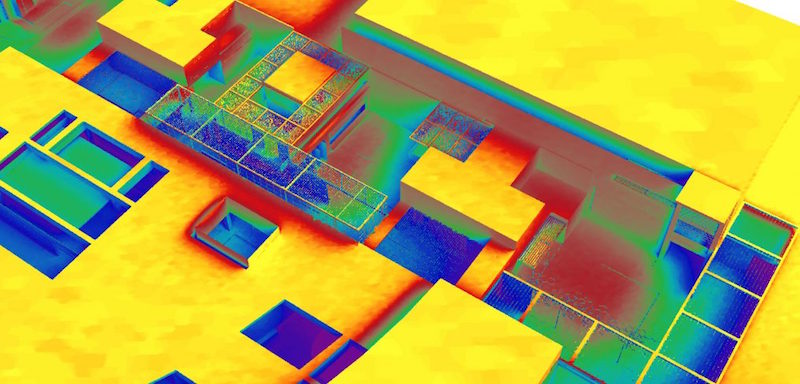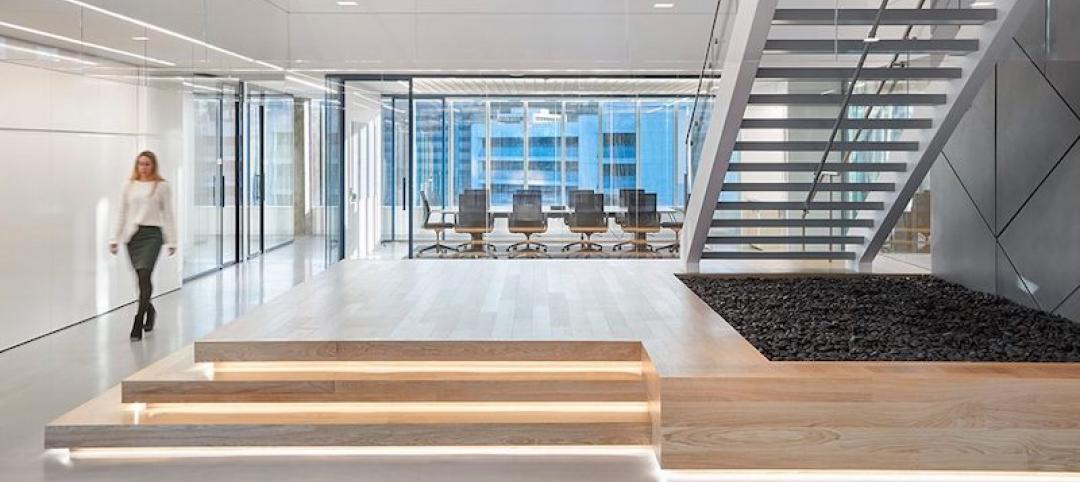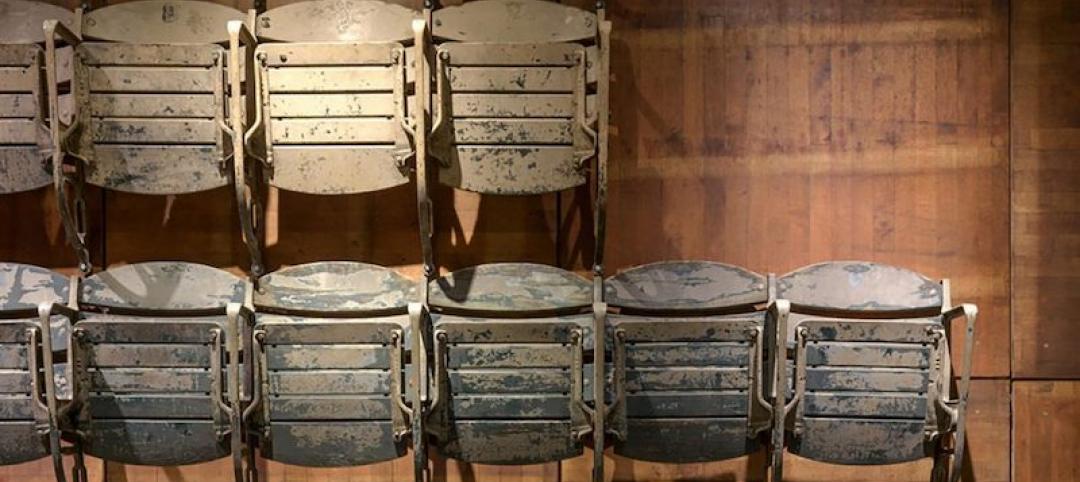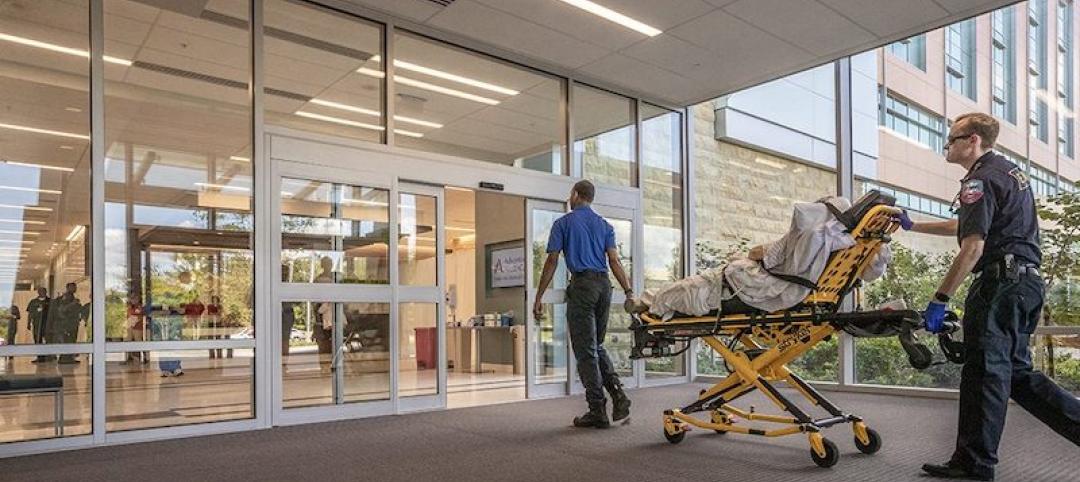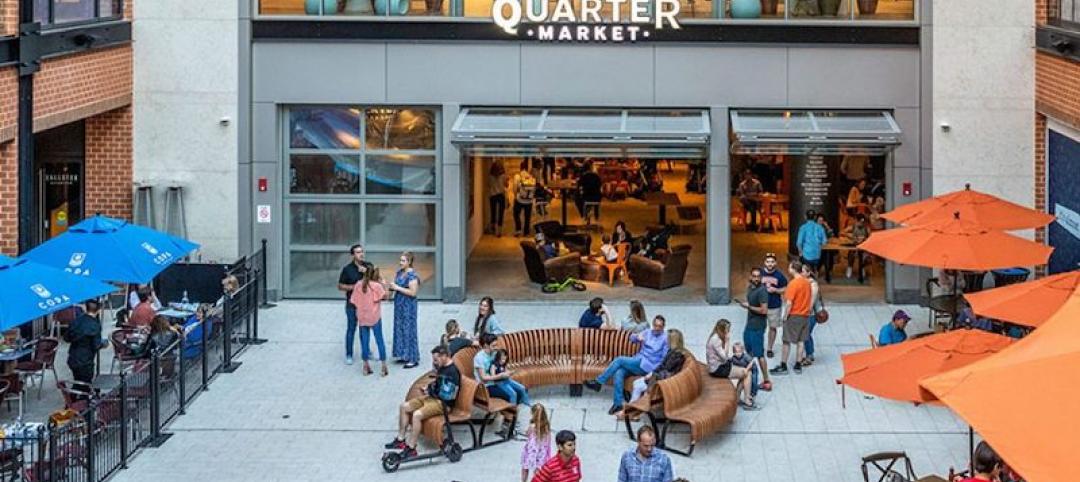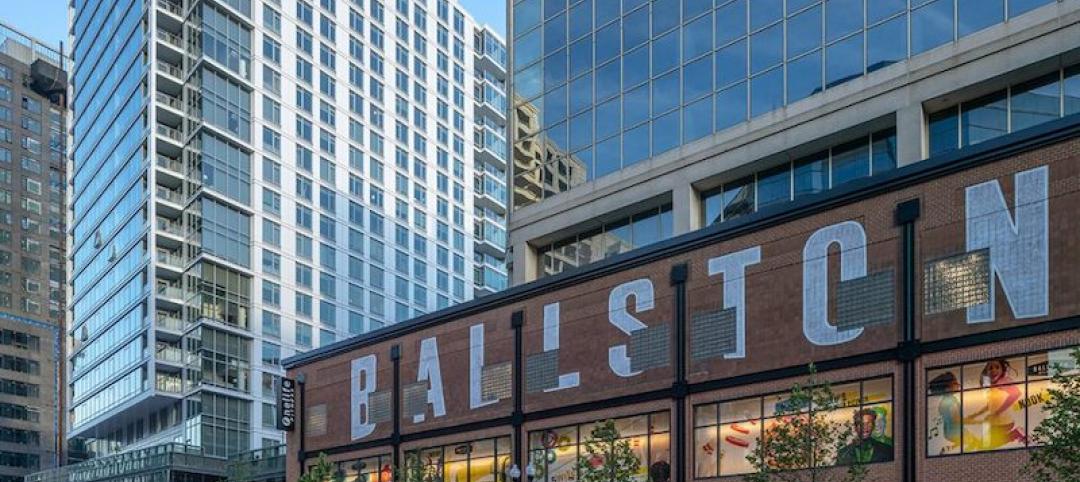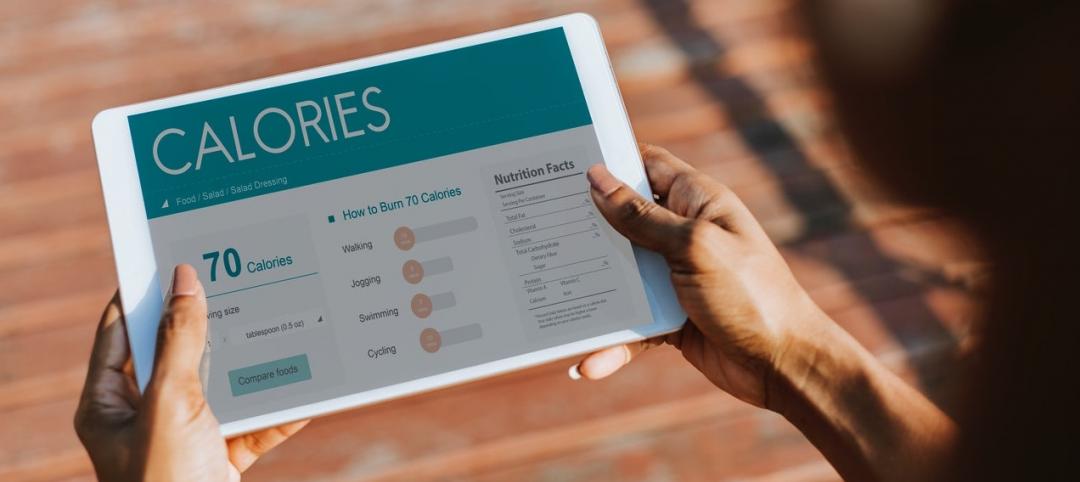From the standpoint of architects and designers working toward sustainable and carbon negative solutions, we sometimes get bogged down in trying to come up with the biggest innovation or the solution to beat all solutions. We have the best intentions. We want to create buildings that don’t harm the environment and that make people and the world healthier. But sometimes we have to take a step back and see where we can make a big impact through simpler strategies, which tied together can provide a more powerful result.
Improving outdoor thermal comfort provides one of those opportunities.
At CallisonRTKL we are improving outdoor thermal comfort implementing passive architecture strategies (i.e., they don’t require any electricity) to make an outdoor space, say a courtyard, more comfortable throughout the year. We are implementing this concept in some of the world’s hottest places to reduce dependence on air conditioning and energy. As a bonus, making the outdoors more comfortable encourages people to be outside more, which has been proven to enhance well-being.
Many of these passive strategies can be used in residences and smaller buildings, but when used on a commercial scale, they can have a considerable impact on energy savings and greenhouse gas emissions.
For example, in a shopping center located in a hot and arid climate in the middle east, we would implement several passive strategies: enhanced shade, air movement, evaporative cooling, thermal mass with radiant pipes, and green surfaces. None of these are effective on their own, but together, they can significantly improve outdoor comfort in these harsh conditions, extending the use of these outdoor spaces beyond their customary use.
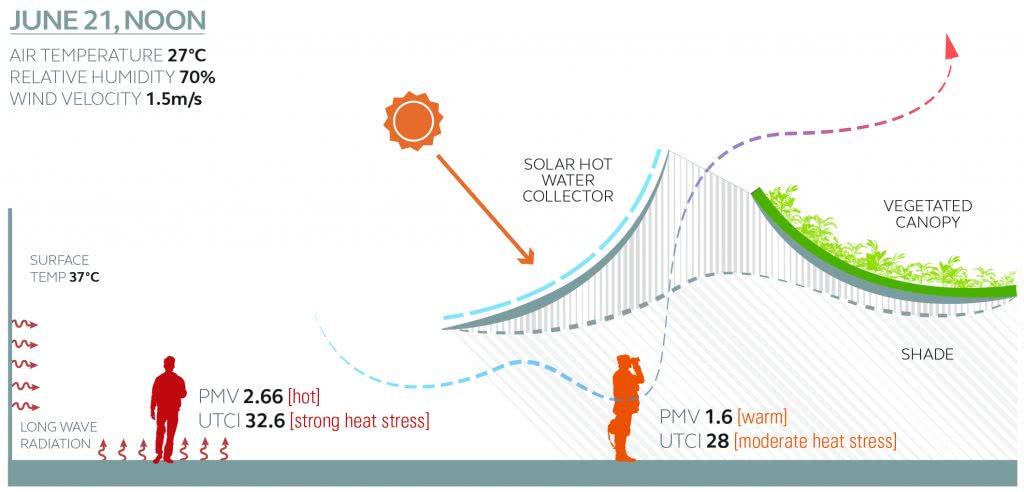
Shade, within the context of outdoor thermal comfort, provides two important benefits: it blocks solar radiation to the human body and reduces solar gains on exterior surfaces, which would otherwise absorb this solar radiation, store it and then re-radiate it toward the courtyard and the people in it. In places with high temperatures, shade by itself is not sufficient to achieve thermal comfort because it does not reduce air temperature. We typically conduct solar studies to determine where shade would be most effective and to dimension it appropriately. We usually implement a portion that is retractable and adjustable so that it can be opened when it is not needed, or at night to provide additional cooling to the sky.
Air movement improves comfort so that the body feels several degrees cooler than it actually is. Our first strategy is to use fans to move the air and, in some cases, add an exterior solar chimney to allow the hot air to exit. However, if it’s hotter than about 90°F/32°C, the air has to be cooled through evaporative cooling first.
Evaporative cooling reduces air temperature through evaporation of water when the air is hot and dry. In this process, the sensible heat in the air is exchanged for the latent heat of water droplets or wetted surfaces and the air temperature is reduced with a gain in humidity. This process is adiabatic, which means that no energy is gained or lost. The magic of evaporative cooling is that it cools without using any energy. There are several ways to achieve evaporative cooling—misters can cool the air above people’s heads while water features at the ground and lower levels provide additional evaporating cooling, with a bonus of enhancing the space through aesthetics and sound. Evaporative cooling is most effective during the daytime when relative humidity is lower and temperatures are higher. Water at the ground level also keeps the ground from overheating and re-radiating energy to the exterior.
Thermal mass is proposed with cool radiant pipes embedded in it. When water features are activated, the water is cooled by evaporation. The embedded pipes are thermally coupled with the water features, acting as a heat exchanger, transmitting the energy from the slab to the water and then to the air. This cool slab will provide radiant cooling and improve comfort to the people sitting above. This strategy is especially effective during the late afternoon and dinner hour when evaporative cooling is not as effective. Care must be taken to shade the slab during the day and keep its temperature below dew point to avoid condensation.
Green surfaces have a double objective; they provide protection and shade to walls and floors so that they don’t overheat, and they provide some evaporative cooling. Misters can be integrated with the green surfaces to increase this effect and further improve comfort. Green walls then become helpful active cooling surfaces instead of solar collectors that warm the space.

We are implementing these strategies in multiple locations throughout the Middle East where people often spend eight months per year or more indoors in air-conditioned spaces. If you start to think about how many people, how many buildings, and how many commercial developments could implement these common sense passive strategies, you start to see how thinking a little smaller can help change the world.
More from Author
CallisonRTKL | Dec 20, 2021
Digital nomads are influencing design
As our spaces continue to adapt to our future needs, we’ll likely see more collaborative, communal zones where people can relax, shop, and work.
CallisonRTKL | Jun 30, 2020
The great reset and our new work life
As many countries begin to return to the office, it’s a chance to ask ourselves: what do we truly value?
CallisonRTKL | May 4, 2020
How working from home is influencing design
The lessons learned in the next few months can help shape how we work and design in the future. For now, remote work is different – and our new normal.
CallisonRTKL | Feb 26, 2020
Sustainability in a material world
The concepts of embodied carbon, zero waste, and deconstruction and reuse often run on parallel tracks.
CallisonRTKL | Jan 30, 2020
The complex dance of healthcare transitioning
Hospital employees, though excited about technological advancements, are expected to navigate a new workplace and care for their patients at the same time, all while training on new equipment and navigating a new building.
CallisonRTKL | Jan 6, 2020
Retail re-invention: Five questions to ask
Why have some malls survived their long-predicted demise, thriving and bumping with new generations of shoppers, while others have been relegated to the ash heap of deadmalls.com?
CallisonRTKL | Aug 6, 2019
Saving the American mall in 5 steps
CallisonRTKL Vice President Marc Fairbrother explains how struggling American malls can turn it all around.
CallisonRTKL | May 29, 2019
Smart buildings can optimize wellness
Employees want wellness initiatives built into their work experience, especially when they’re in spaces that can leave them feeling stiff, stressed, and sick.
CallisonRTKL | Apr 5, 2019
2019 trends in the workplace
From retention and career advancement to the ethics of inclusion and diversity, these five trends will play a major role this year in design, strategic planning and workplace development.
CallisonRTKL | Jan 28, 2019
9 tech trends to track in 2019
Innovations in voice recognition, cognitive neuroscience, and biometrics are among the trending tech topics for 2019, according to CallisonRTKL's Kristin Tilley.

